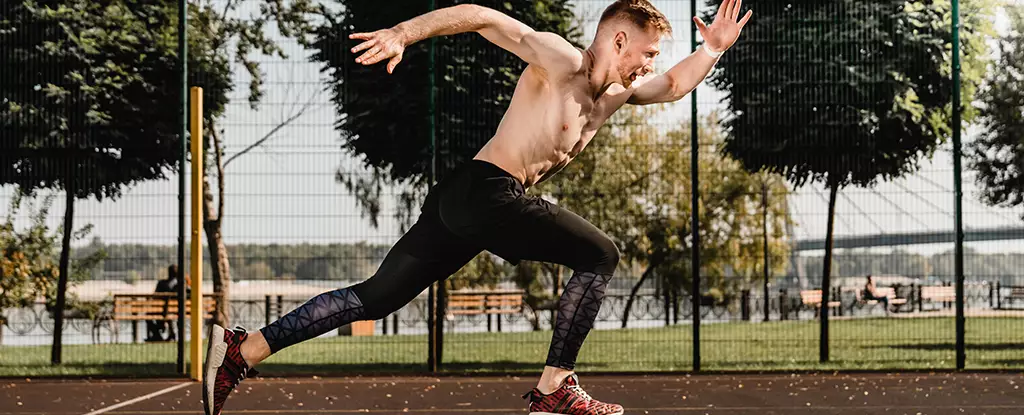For many, a vigorous workout is synonymous with vitality, showcasing an energetic lifestyle and physical fitness. However, recent research raises nuanced questions about the effects of extreme exercise on the immune system. A 2023 study examined the fluid molecular responses of firefighters after high-intensity workouts, uncovering unexpected insights into the relationship between strenuous exercise and immune function. The findings already pose challenges to our understanding of physical training for those whose occupations demand consistent and intense exertion.
The study conducted by scientists from Pacific Northwest National Laboratory (PNNL) involved a thorough analysis of post-exercise physiological changes in 11 healthy firefighters. Each participant engaged in a demanding 45-minute exercise regime while carrying heavy operational gear, and their blood plasma, saliva, and urine were assessed before and after the workout. The researchers aimed to explore the shifts occurring in the body under physical duress, focusing specifically on immune response indicators. According to PNNL biomedical scientist Ernesto Nakayasu, initial results indicate that extremely fit individuals, particularly firefighters, might face heightened susceptibility to viral respiratory infections immediately following location-specific taxing activities.
Nakayasu’s statement emphasizes the need for further investigation into whether reduced inflammatory markers post-exercise place susceptible individuals at risk of infections or if this merely represents a physiological adaptation to extreme exertion.
The study revealed notable alterations in molecular markers associated with inflammation. While intense exercise typically bolsters overall health, this particular examination spotlighted immune suppression signals, a finding contradictory to the conventional belief that exercise universally enhances immune competence. The notable decline in inflammatory activity, paired with an increase in opiorphin, a compound facilitating blood vessel dilation, raises crucial questions about adaptive mechanisms at play during high-intensity workouts.
Operational interpretations based on these outcomes suggest that the body considerably reallocates resources to meet the heightened oxygen demands of muscles during rigorous activity, potentially sacrificing other immunological functions in the interim. However, the research team posits that decreased inflammatory markers may represent an adaptive strategy rather than outright dysfunction—aiming at optimizing physiological performance in critical situations.
Additionally, the study points to variations in the firefighters’ oral microbiome, potentially linked to an increased presence of antimicrobial peptides after exercise. These peptides usually serve to combat infections, hinting that the body might be reacting to perceived immune stress after rigorous physical activity. Nonetheless, the researchers caution that this elevation may not confer substantial protective capabilities against pathogens like E. coli, underscoring the complexity of the body’s immune responses amid strenuous physical demands.
This confusion prompts a debate among scientists regarding the implications of observed changes: Are they indicators of diminished immune competence or evidence of a refined surveillance system that adapts while continuing its protective duties? This distinction is vital for developing appropriate exercise programs tailored to those engaged in high-stakes occupations.
While this study sheds light on the delicate balance between extreme physical activity and immune health, the sample size limitations and specificity of healthy male firefighters merit caution. There exists a compelling need for broader studies, incorporating a diverse demographic, to ascertain the findings’ generalizability across various populations and work environments.
Thus, the takeaway from this incremental research process is multifaceted. On one hand, regular, moderate physical activity is a well-established promoter of health and immune resilience. On the other hand, as the results suggest, exercises at the extreme intensity level may introduce vulnerabilities that require proactive management, particularly among emergency responders and athletes who engage in rigorous training regularly.
The exploration of how high-level exercise impacts the immune system is still unfolding. While societal narratives often promote intense physical activity as universally beneficial, we must recognize that a more nuanced view is essential. As new findings emerge, it becomes critical to balance the dedication to fitness with the careful monitoring of immune health, establishing evidence-based guidelines that can help optimize performance while safeguarding against potential risks. Future research could play a pivotal role in shaping these recommendations for individuals who depend on peak physical readiness in their demanding professions.

